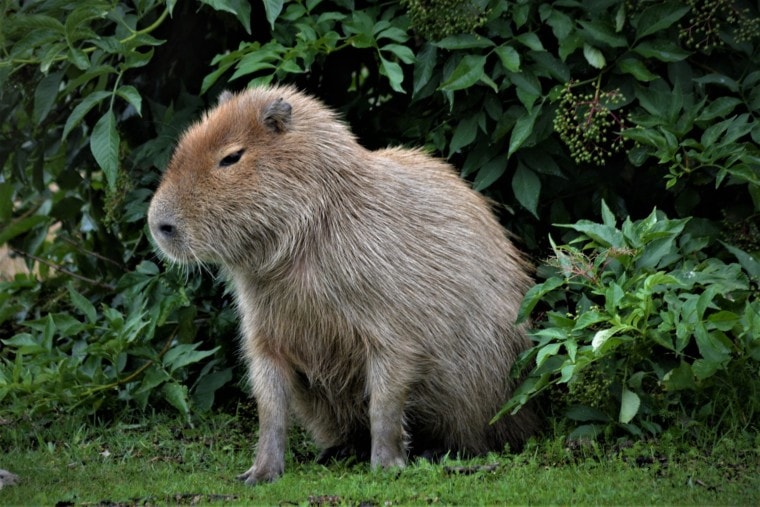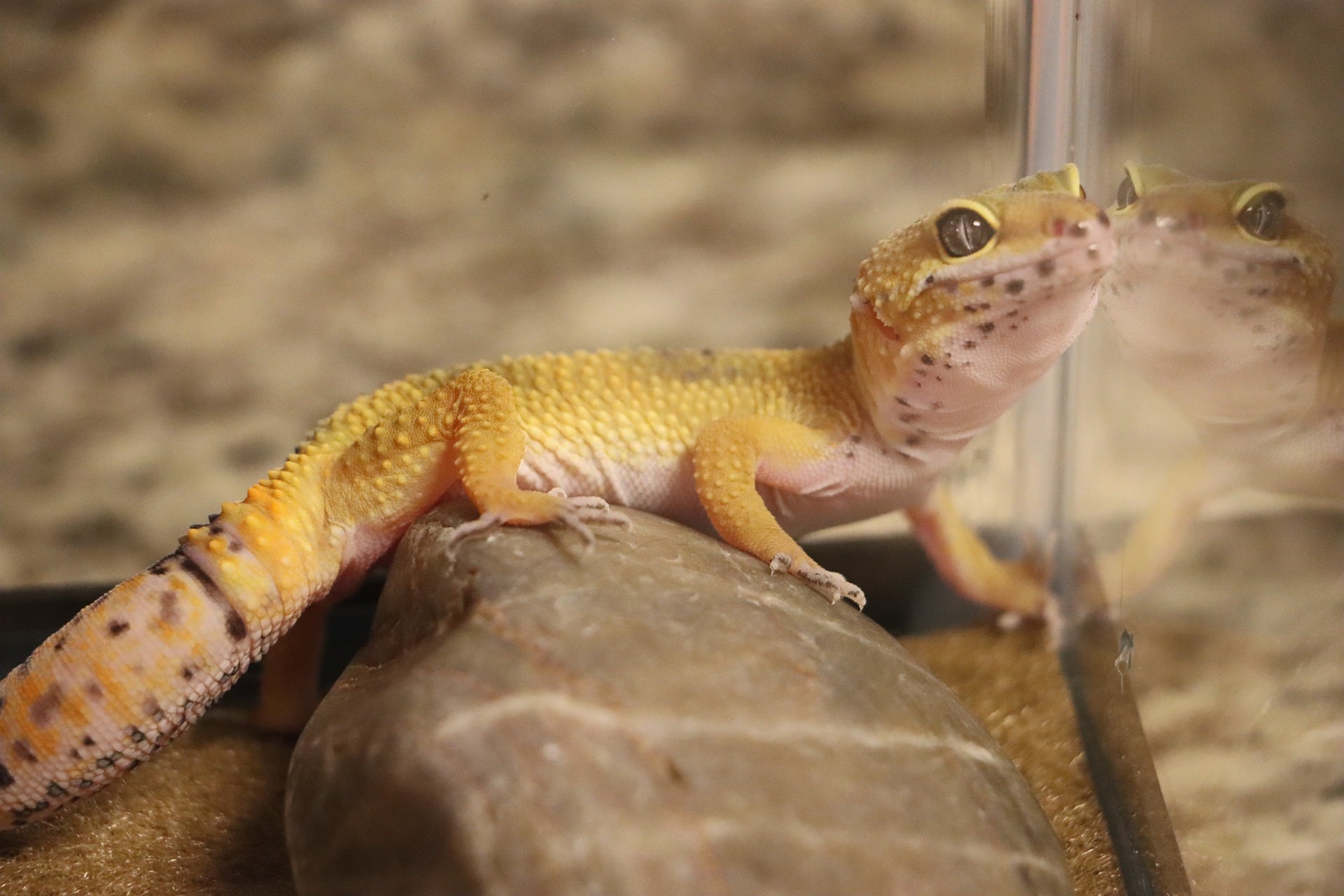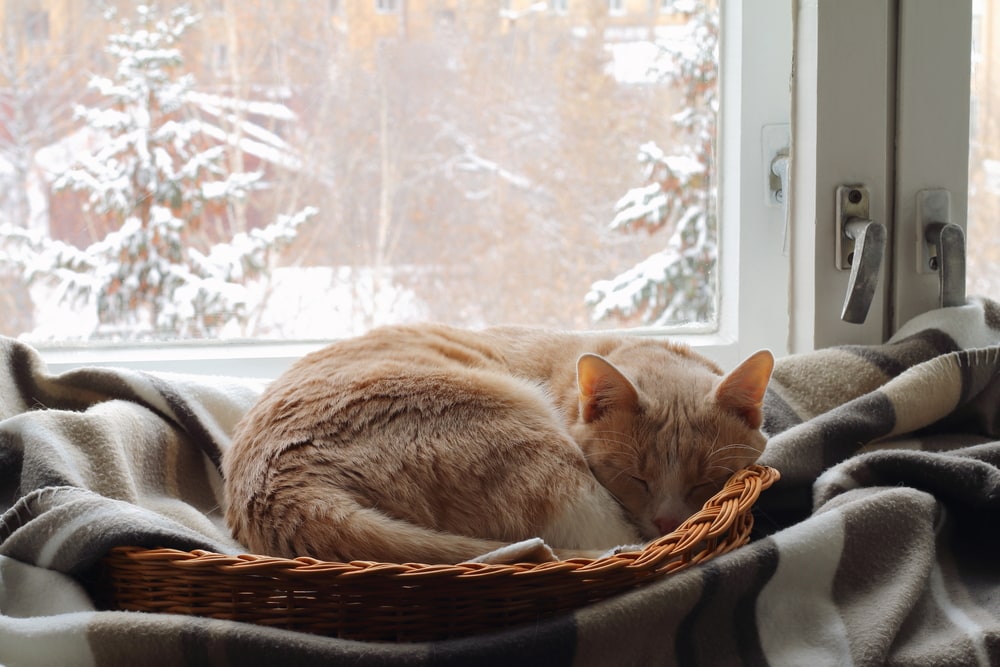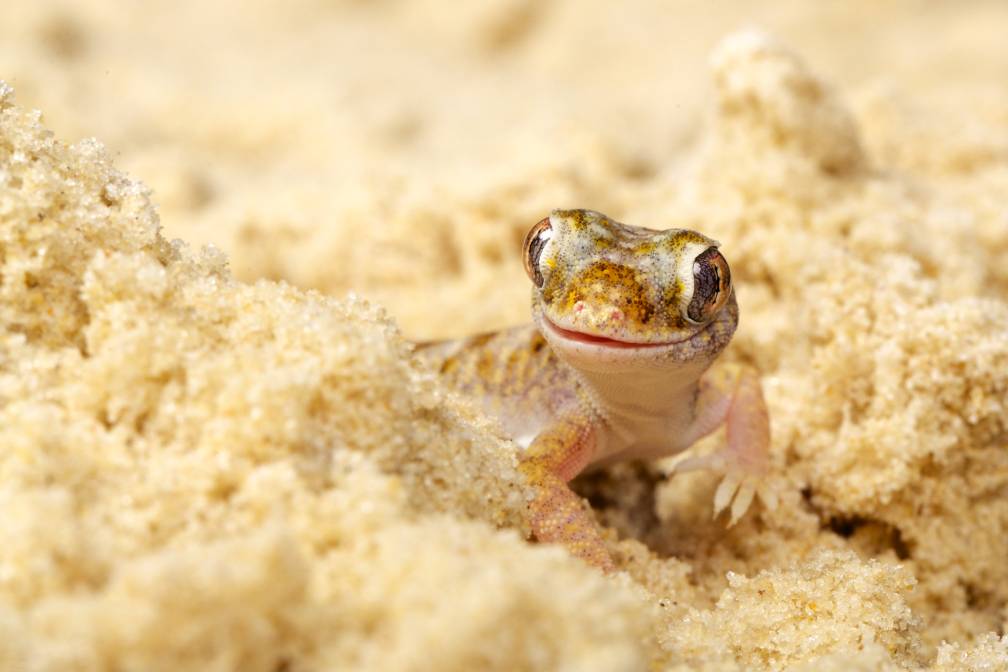
Capybaras, the world’s largest rodent, are not as simple to look after as their smaller cousin the guinea pig. In fact, they need a lot of room, prefer to live in groups, and require a large pool of water. In some states, you may need a license to own one, and in other states, it may not be legal to own capybaras as pets at all, so you will need to check local laws.
They do like human contact, however, and enjoy cuddling with people as well as just about any animal. As long as you can meet their housing and dietary requirements (and keeping one as a pet is legal in your jurisdiction), they can make good pets.

Capybaras in the Wild
The capybara is semi-aquatic and hails from South America. Despite weighing as much as 170 pounds, these critters are related to the guinea pig. The world’s largest rodent has a pig-shaped body and lives in forests near large bodies of water. They are very well equipped for water, with partially webbed feet and fast-drying, brittle fur. They can hold their breath underwater for up to 5 minutes at a time—impressive!
In the wild, they eat aquatic plants and grasses. They also eat their own protein-rich morning poo and, while they can live a solitary existence, they prefer to live in groups of up to 40 or more.
Capybaras are predated by some large animals including jaguars on land and caimans in the water. Young capybaras must also survive boa constrictors and birds of prey.

Behavior
Like its guinea pig cousin, the capybara can make a loving and affectionate companion but will usually be quite shy initially. Young capybaras are usually tame, and even if you get one as an adult, it will warm to you, although this may take some time.
As with most animals, food is a good way to gain trust from your new pet, so offer your rodent a handful of appropriate grass. While they are eating, comb them. This will also help form a bond between the two of you.
This species is not known to be aggressive, but they do have sharp and potentially dangerous teeth, and they will use them if they feel threatened—so be prepared.
Once the capybara has bonded with you, it will enjoy cuddles and will look for attention. They may also cuddle other animals and will enjoy the company of other capybaras within their pen.
Vocalization
Whether in the wild or captivity, capybaras are vocal animals. They use a series of grunts, whistles, and other noises to communicate with other capybaras. They enjoy communication and they will attempt to communicate with you, especially if they are kept alone. Ideally, in captivity, they will be kept with at least one companion of the same species, with whom they will communicate freely.
The capybara is not a silent animal, however, and this is worth bearing in mind when considering one as a pet.
Capybara Housing
A pair of capybaras will need at least 250 square feet of space. This needs to be a fenced-in area and should incorporate a covered shelter for use at night. Capybaras can jump and climb, so ensure that the fence around the enclosure is at least 4 feet high and regularly check for gaps that they might be able to escape through.
You will need to provide a pool of water at least 3 feet deep. Capybaras not only enjoy spending time in the water, but they need this in their environment. Their skin will dry out without regular hydration, and part of the water should be sheltered from the sun.
Your giant rodent will enjoy playing with items and toys. Give them untreated wooden toys. They will play with and chew on these items, which will also help grind down their constantly growing teeth.
Diet

The breed has a boring diet in the wild, consisting of a small handful of plant species. They rely primarily on grasses and aquatic plants. Because some of these species are difficult to digest, the capybara will also eat its own poo in the morning. The grass has not been fully digested when it passes through the system, so by eating it again, they are ensuring that they get all of the goodness before it is discarded. It may sound gross, but it is an efficient way of using food and is a method that is practiced by many animals.
In captivity, you can provide Orchard or Timothy hay. These can be bought from animal stores. Gnawing on the hay not only provides the nutrition the animal needs, but it wears down teeth, too.
Because capybaras are prone to scurvy and do not produce enough vitamin C in their body, you will need to provide a pellet food that incorporates additional vitamin C. Feed guinea pig pellets and give occasional fruit treats like carrots.
Health Problems
Capybaras are quite hardy animals. They are somewhat prone to scurvy, but by feeding pellets high in vitamin C, you should be able to help avoid this. If they do not grind their teeth enough, capybaras can also suffer from an overbite, which may eventually lead to facial disfigurement. So, you will have to make sure that the teeth are properly ground down.
Care Requirements

The biggest care requirement for your capybara is to ensure company. In the wild, a capybara may live alone, but in captivity, it needs at least one companion to communicate with, swim with, and groom. Do not keep male pairs or male-exclusive groups, however, and remember that you will need more room for the more animals you have.
Legality
There is a question of legality. The capybara may be considered illegal to own as a pet in some states. Even in states where they are not illegal, they may be prohibited in some cities. In other areas, ownership might require a license or permit, while some states have no requirements whatsoever and it is perfectly legal to own one. Check with your local government to determine the legal requirements for owning this type of animal.
Buying
Expect to pay between $1,000 and $3,000 for an adult capybara. Females usually cost more and you really should keep at least two of these animals together. Make sure the giant rodent you pick is alert and active, does not show any signs of stress, and that there are no obvious signs of parasites and infection before purchasing.
Are Capybaras Friendly?
Capybaras can be very friendly indeed. They will befriend one another, will often befriend and enjoy cuddling other animals, and a domesticated capybara will not just tolerate human contact but will enjoy spending time with their human family. Wild capybaras, on the other hand, tend to be shy and are unlikely to approach humans.
Do They Like to Cuddle?
The giant rodent loves to cuddle. They will usually cuddle other capybaras, but when this isn’t possible, they will cuddle almost any animal. There are pictures of capybaras cuddling rabbits, dogs, and, of course, people.
Conclusion
The capybara can make a good pet, but they do need their own enclosure, which will be substantial in size and will contain a deep pool for them to swim in and to hydrate their skin. This giant rodent enjoys cuddles, can be domesticated, and enjoys the company of people and other capybaras, and will cuddle other animals. Before buying a capybara as a pet, you must check local laws to ensure that keeping one is legal.
See also:
- Do Bats Make Great Pets? What You Need to Know!
- Do Groundhogs Make Great Pets? What You Need To Know!
Featured Image Credit: Pixabay







